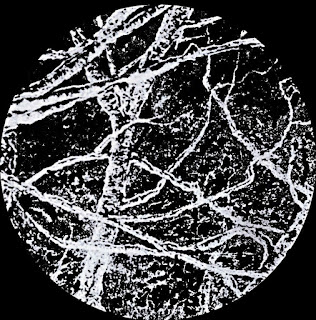Silver is notoriously difficult to photograph, partly because it reflects everything, but at the same time it seems to absorb the light and it is hard to capture the sparkle.
Lots of googling and I realised there were 4 key things I probably needed to do: 1) get a macro lens 2) get some white reflectors, 3) get some lights, and 4) use a tripod
I like to use window light, never flash, and I like to use a wood background. I found there was often not enough good light so would wait for a bright day, and then had problems with shadows.
So, I dug out two pieces of white board (16" x 12" brought back from Australia to protect a friends artwork from getting damaged in transit). They are a sort of polystyrene but coated with a silky smooth finish. Sellotaped together into a 45 degree angle they make a great light reflective background. Guy had given me an old tripod which I have finally put to use. I bought a cheap angle poise lamp from Argos, and lastly and most expensively, I bought a second hand 50mm macro lens from The London Camera Exchange in Fareham. It cost £169, but would have been £300 to £400 new. I worried overnight that I might have wasted money, and wondered if I could return it if the photos were no better. I needn't have worried, the lens is a beauty, and the tripod makes SUCH a difference.
So here is my setup, in the dining room next to the patio doors, the white boards propped on my wicker storage boxes...
and here is a selection of the photos I took on a very cloudy and rainy day in November....
A long pendant with curled hammered squares of oxidised silver...
a citrine bezel set cabochon with a textured shank...
a recycled silver hammered rock ring...
a gorgeous carnelian cabochon with a hammered oxidised shank...
and a 10mm smoky quartz cabochon
Compare these with an earlier photo of a similar ring...
Lastly a hammered silver disc pendant with hand made bead, on black Greek leather thong...with new lens
...and old lens
I am VERY pleased with the photos, love my new lens and can't believe what a difference that and using a tripod makes. Another difference I should mention is that with my old lens I used to take a lot of photos to get 'the one', with this lens almost every photo is a decent one.










.JPG)
.JPG)









.JPG)
.JPG)

.JPG)

























